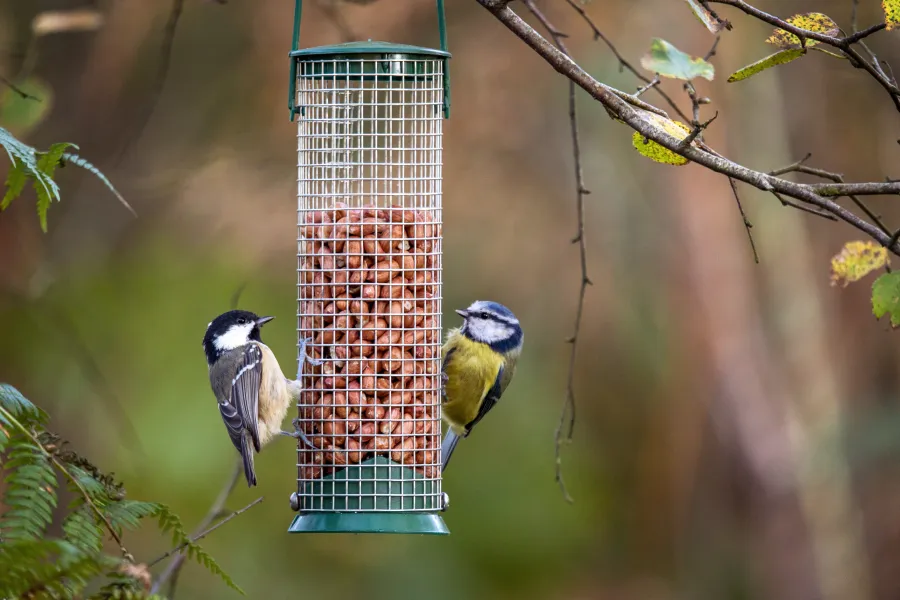
February
Lawn & Garden Tips
In the Garden
- Perk up your garden & pots with annuals. It's still a great time to plant cool-season annuals that provide a pop of cheerful color to the garden and containers. The best annuals for February include pansies, violas, Iceland poppies, nemesia, snapdragons, cabbage, and kale.
- Just arrived. Primrose have just arrived and ready to add pops of color in your pots and garden. These fragrant beauties come in a rainbow of colors and are perfect in part sun to part shade areas. February marks the start of ranunculus season! The vibrant double blooms with paper-thin petals provide upright color in the garden and are perfect for cutting. Plant now in full sun to partial shade.
- Sweet Pea season. Now is the time to plant sweet peas from starter plants. The cool weather allows them to easily establish. Choose from bush varieties or the more coming trailing varieties perfect for growing up poles or a fence. As they grow, deadhead spent flowers to encourage more blooms.
- Azaleas are in bloom. Enjoy the vibrant blooms of azaleas this month. To maximize blooms, feed your azaleas now with organic Down to Earth Acid Mix. It's also a great time to plant new azaleas; be sure to plant in an acidic planting mix like E.B Stone Planting Mix.
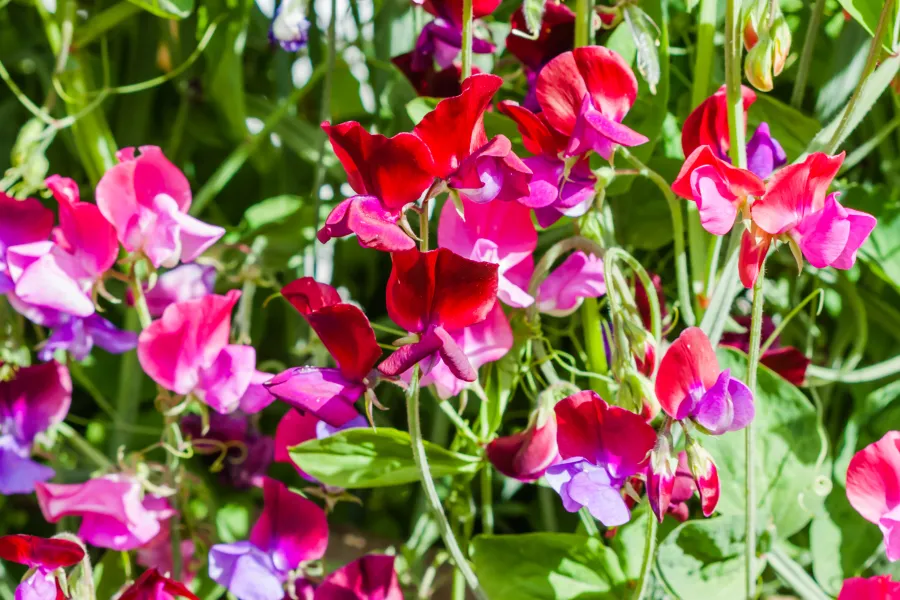
- Blooming vines for vertical color. Now is the time to plant Carolina jessamine, lilac vine and pink jasmine along a fence or trellis so you can enjoy their full show of flowers.
- Camellia japonicas are starting to bloom. Most Japanese camellias will start flowering this month and it's a great to time more to your landscape in partial shade. Not only will they provide stunning blooms now; but you'll enjoy their glossy green foliage year-round. Apply Down to Earth Acid Mix to existing camellias and plant new camellias in an acidic planting mix like E.B Stone Planting Mix.
- Roses are waking up. Roses should start to wake up and push out new growth. Once your rose produces two to four inches of growth start with feeding and prevention route using Bayer All-In-One Rose and Flower Care. If you planted roses in December and January be sure to keep the watered; you don't want roots to dry out as they settle into their new home. It's still a great time to plant roses in your landscape that will grace you with spring blooms.
- Perennials are waking up too! As the month progresses you'll see more of your perennials wake up from their winter hibernation. As they begin to emerge, feel free to cut back any spent foliage to keep them clean and tidy. This includes artemisia, aster, coreopsis, daylilies, dianthus, guara, geraniums, oregano, penstemon, rudbeckia, Russian sage, most salvias, and thyme.
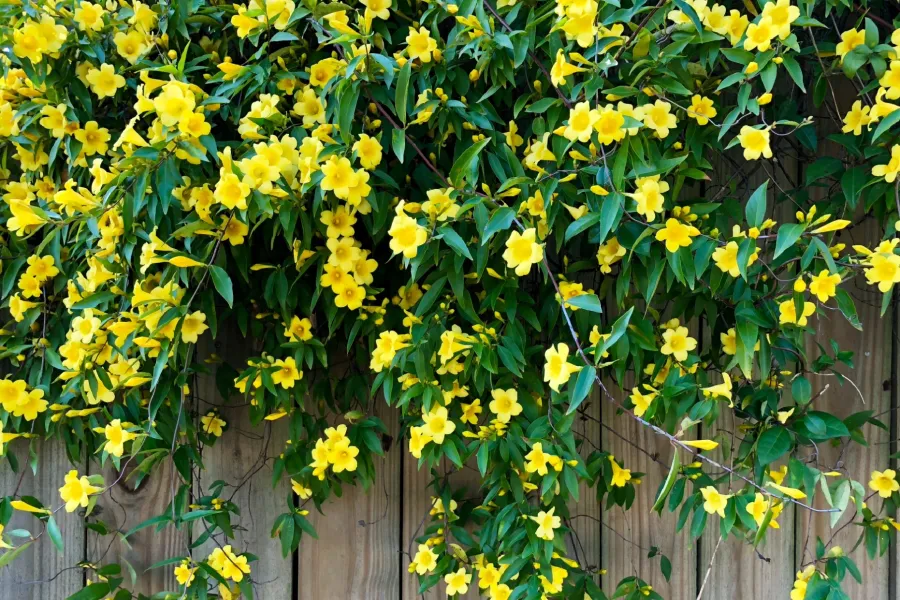
- Japanese Maples time. These beloved trees perfect for the landscape or even large pots are starting to push out their foliage. It's time to start fertilizing with an acid-lovers fertilizer to encourage the new growth and plant new Japanese Maples. Choose from upright or weeping varieties with foliage in shades of green, yellow or red and be sure to amend your native soil at a 50/50 ratio with an acidic planting mix.
- Time to plant summer blooming bulbs. Even though we're excited for spring don't forget to plant summer blooming bulbs. Our favorites are dahlias with their bright, cheerful blooms and gladiolus with their tall stalks of flowers.
- Keep your garden blooming & healthy. Keep deadheading (removing old flowers) to keep plants blooming. It's also important to continue (or start!) your fertilizing routine. An organic, granular fertilizer like E.B Stone or Down to Earth are great choices; they slow-release nutrients as the plants need them and won't burn your plants. Plus, they are safe to use around people and pets.
- Remove cool-season weeds from beds and borders.
- Landscape Overhaul. Now is a great time to schedule a landscape design to beat the spring rush and be enjoying your landscape this spring.
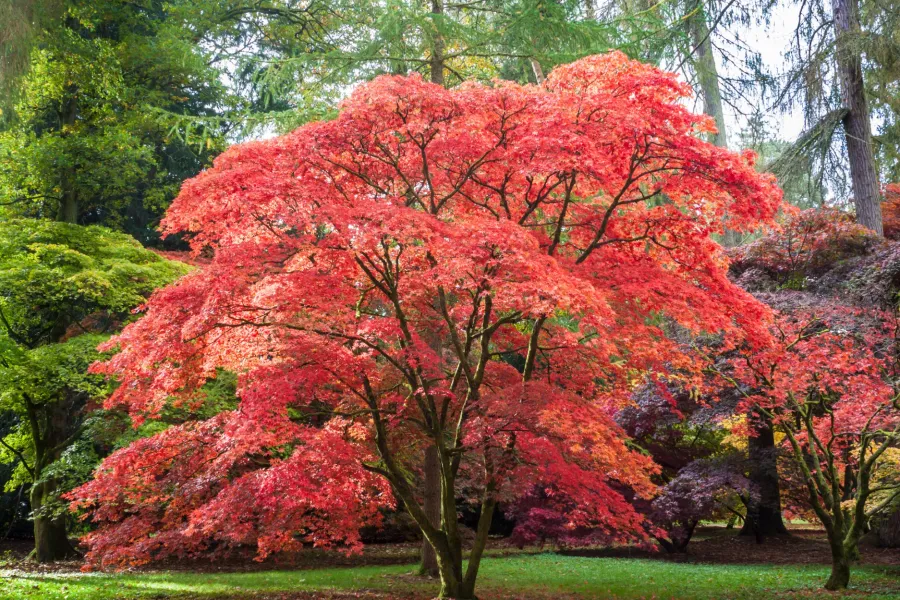
Vegetable Gardening
Lettuce, Kale, Spinach & Leafy Greens. Keep planting leafy green seasons to always have a fresh harvest. Do successive plantings of all your favorite greens including lettuce, spinach, kale, and chard. Leafy grows grow quickly and can be planted from a starter plant or even seed. Plant in the garden or a pot and place in full sun and enjoy while temps are still mild. This time of year you may have caterpillars that want to munch on your greens. You can hand-pick them but if they keep coming back or it's a whole family apply Monterey BT.
Berry Season. There's still time to plant raspberries, blueberries, blackberries, boysenberries, strawberries and more. When you see them starting to leaf out start your organic fertilizer program with Down to Earth Acid-Lovers Organic fertilizer.
Grapes Galore. You can still plant grapes in early February. If you have existing grape plants be sure to apply your dormant disease control Bonide Copper Fungicide; an organic solution to help control common fungal diseases. When you see a couple inches of new growth it's time to start your organic fertilizer program with E.B Stone fertilizer.
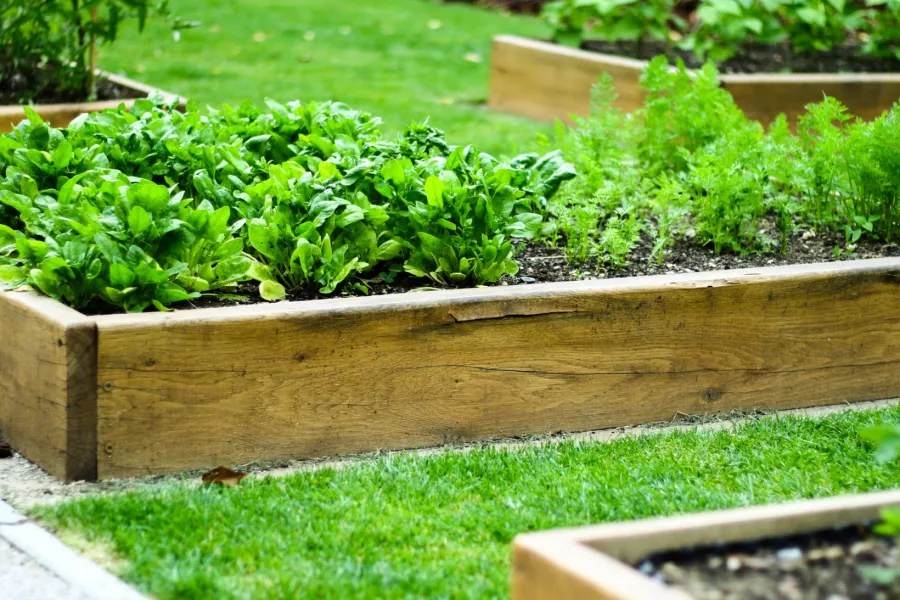
Herbs. There is still time to plant cool-season herbs like cilantro, parsley, chives, fennel, dill and sorrel along with year-round herbs like lavender, lemon balm, lemongrass and rosemary. Remember to plant the herbs you love to harvest and include a new herb or two to experiment with while cooking.
Deciduous Fruit Trees. Now is the time to apply your third application of apply all natural Bonide Copper Fungicide to prevent issues like brown rot, apple scab or peach leaf curl.
Citrus Trees. You may be harvesting lemon and limes. You can try harvesting navel oranges but if they are too tart allow them to sweeten on the tree and try picking again in a couple weeks. Now is the time to start a fertilizer program as your citrus starts to grow. We recommend Down to Earth Citrus Mix Organic fertilizer.
Tomatoes. Mid-February is the earliest you should start planting tomatoes, but you'll need to watch nighttime temps and if they drop close to freezing cover your new, tender tomatoes. By the end of February you should be good to get your tomato plant started.
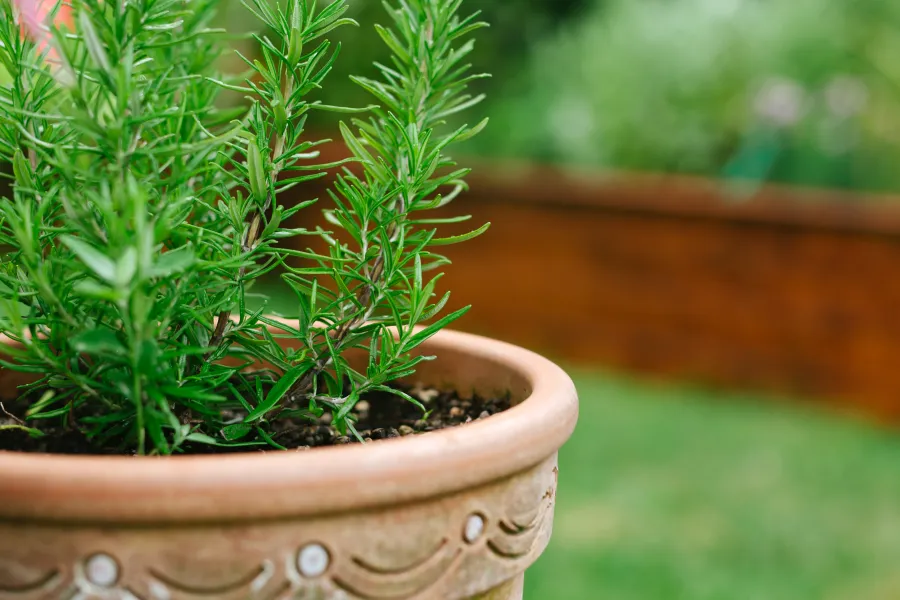
In the Home
Orchids that Last. Replace cut flowers with elegant orchids that bloom for weeks or even months. Now is a great time to add to any bright room or give as a gift to loved ones for Valentine's Day.
Add life & health to your home with houseplants. There's always room for a new houseplant! Houseplants can help reduce stress, improve concentration, encourage restful sleep, and even provide air purifying benefits. Our experts can help you choose the perfect houseplants for your home.
Up the light. The shorter days may mean your houseplants need to be moved to a brighter area. Here are some signs your houseplant is asking for more light: its looking sparse or leggy, producing smaller leaves, or the leaves (or leaf tips) are browning.
Watch watering. We tend to over-love (aka over water) houseplants. Warm homes and moving air (that's your AC) mean houseplants dry out faster. Signs that houseplants are receiving too much water include yellowing leaves, squishy leaves or brown edges or spots on the leaves. Also, if you start seeing pests in the soil that's a sign it's receiving too much water.
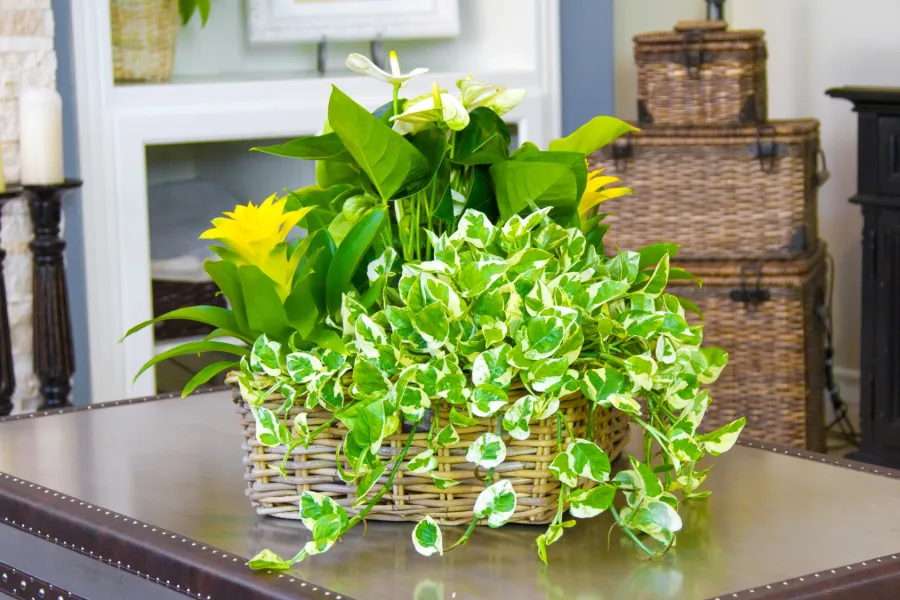
Lawn Care
Now is the time to prevent weeds. Apply DuraTurf Crabgrass & Weed Preventer for Lawns & Ornamental Beds now to prevent grassy and broadleaf weeds. Be sure to read the label and use recommended application rates; our associates can help with any questions.
Feed your cool-season lawn. January is the time to feed cool season lawns like fescue, ryegrass and bluegrass. Apply Bonide Premium Lawn Food.
Reduce watering. We often get winter rains in February. Remember to adjust your watering accordingly.

Bird Time
Keep your bird feeders full. While the garden is starting to wake up there are still less flowers in bloom so keep your bird feeders full.
